Introduction
Two homes in Salem, OR one may have a modern flat style roof, while the house next door may feature a more traditional pitched style home in Albany, OR. They both appear to be solid looking roofs on first observation, but when you ask about their maintenance frequency, their stories quickly diverge. Flat roofs may be trendy, but they require more maintenance frequency that other roof styles. Pitched roofs may look low-maintenance, however they can produce slumping problems that flat phases do not present. In this article, we are going to take a close look at flat roofs vs pitched roofs based on maintenance frequency and similar roof issues. Our focus will be on the ease of roof cleaning, drainage issues, debris build up, and other property issues to help you figure out which roof will require more maintenance frequency down the road.
5 Alarming Facts About Maintenance Frequency for Flat Roofs
1. Flat Roofs Demand Frequent Inspections
Flat roofs do not have a lot of slope, which allows water to pool. This is why the maintenance frequency for flat roofs and other roof types should be at least a quarterly checklist (not less than four times a year). Without regular inspections, small leaks can become expensive problems in the future.
2. Drainage Issues Multiply Precautions
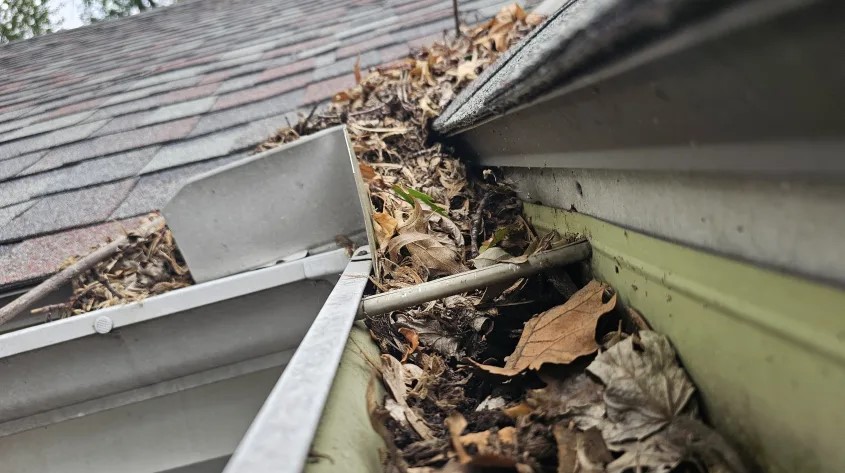
Flat roofs do not have a lot of slope, which allows water to pool. This is why the maintenance frequency for flat roofs and other roof types should be at least a quarterly checklist (not less than four times a year). Without regular inspections, small leaks can become expensive problems in the future.
3. Debris Buildup Is a Recurring Enemy
Flat roofing drainage is problematic. Scuppers and or internal drains can become clogged and create stagnant water, especially in rainy Salem, OR weather. Regular cleanings focused around maintenance frequency will help alleviate stagnant waters from exasperating algae infections and other structural damages.
Pro Tip: You can include your flat roof cleaning in Salem, OR, with seasonal curb appeal services for better efficiency.
4. Flat Roofs Are Prone to Ponding
Without clear means for water to control its destiny off the roof; water can pool or stagnate, which adds unnecessary wear. The maintenance frequency should emphasize checks for standing water after storms. Standing water can quickly evolve to something ugly like leaks and degraded roof materials.
5. Flat Roofs Require Additional Waterproofing
As specified, coatings wear away. That’s why the maintenance frequency should be part of the story that requires some type of refreshment of the roof, and certainly every 2–3 years. Failure to regularly protect your roof allows for its demise and early replacement.
7 Surprising Ways Maintenance Frequency Differ on Pitched Roofs
1. Rain Drains Naturally—But You Still Need Inspections
Unlike flat roofs, pitched roofs cause rain to flow – and sometimes in a hurry. Nevertheless, debris, leaves, etc can trap water in valleys and gutters. So, you only need at least a semi-annual check every 6 months for your maintenance frequency, which is usually done seasonally (before the rainy season in Oregon).
2. Moss & Algae: The Hidden Culprits
Pitched roofs tucked away are a true tile living in a miracle because they can sprout green overnight starting with Moss. This, in combination with the infrequent cleaning for pitched roofs makes them deadly due to the lack of oversight. So, check your pitched roofs every 6 months, and clean them accordingly through water low-pressure rinsing. This maintenance frequency can occur without killing your shingles.
3. Safety Isn’t a Given – Slope Challenges
There are dangers involved in climbing a high-angle pitched roof. Although maintenance frequency may be low, each visit requires a professional to assist you. That works into labor and cost—even for quick gutter cleans.
4. Snow Load Adds Seasonal Duties
Albany, OR, usually receives snow in the winter. A pitched roof will shed snow, but it may accumulate in valleys or other areas of low pitch. These areas will require seasonal maintenance and will add an extra layer to your maintenance frequency plans.
5. Gutter Cleaning Still Essential
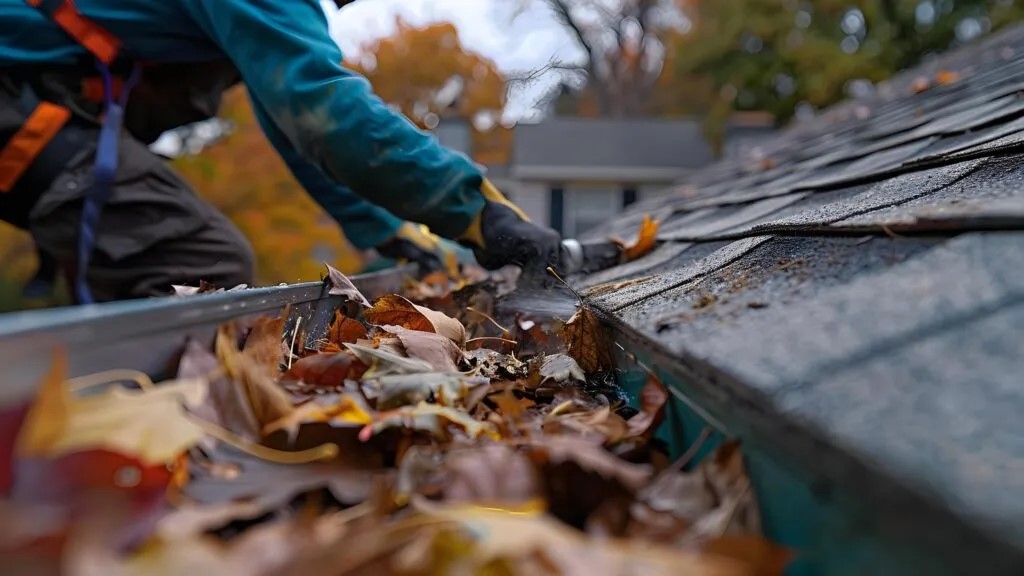
Debris from a high branch will land in your gutter. If you have a pitched roof, twice a year will likely be the maintenance frequency of your gutter cleanings.
6. Asphalt Shingles and Lifespan Checks
Asphalt shingle wear due to ultraviolet light, wind and moisture means a roofer will recommend inspection every three years minimum. This ties into the maintenance frequency and limits unexpected leaks.
7. Ventilation and Attic Checks
Pitched roofs require attic airflow. Consider adding ventilation checks to maintenance frequency and the likelihood of comfort, and it will prevent moldy conditions from existing and thriving inside your home.
Dramatic Comparison of Drainage & Debris: Flat Roof vs. Pitched Roof maintenance
| Feature | Flat Roof | Pitched Roof |
| Drainage | Frequent standing water–needs regular clearing | Natural runoff, occasional blockage |
| Debris Buildup | Accumulates—requires dust/leaf cleanup | Mostly slides off, but gutters need clearing |
| Slope Challenges | Safe access but covers large area | Riskier; needs harness or pros |
| maintenance frequency | 4–6 visits/year | 2–3 visits/year |
| Cleaning Difficulty | Moderate effort; tools stable | Higher due to incline and safety gear |
Your maintenance frequency increases exponentially with flat roofs ability to pond water and store debris, while for pitched roofs, the challenge is moved from frequency of cleaning to safe access.
Safety First: Cleaning Safety and Accessibility
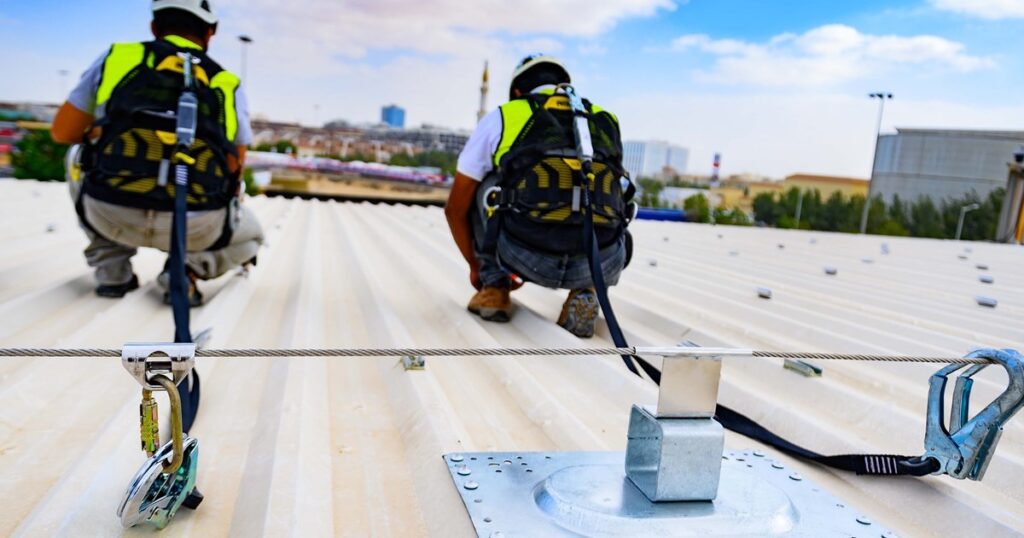
Cleaning flat roof is similar to standing on a football field—more space, fewer hazards. Safety equipment is often required when clearing blocked drains. This is very different with a steep pitched roof in the middle of winter frost! This is when safety becomes the priority requirement.
- Flat Roofs – Use stable ladders and edge protection. Regular brush-and-blower maintenance around your maintenance frequency ensures you have a safe efficient task.
- Pitched Roofs – More likely to require harnesses and professional roof cleaners to avoid falls. Although you will clean less frequently, each clean visit becomes a certified competency.
Do not risk it! If your roof pitch exceeds 30°, best to engage professional roof cleaning services.
Money Talk: Costs of Maintenance Over Time
Flat Roof Maintenance Costs
- Frequent checks + waterproof resealing = higher material & labor fees
- Small issue upkeep avoids large fix bills
- Quarterly visits accumulate—but damage avoidance pays off
Pitched Roof Maintenance Costs
- Less frequent cleaning, but higher cost-per-visit
- Insurance and protective gear included
- Damage during cleaning? Higher risk, more repair costs
Maintenance frequency plays a dual role—higher visits but lower risk for flat roofs, fewer but more expensive visits for pitched ones.
What Oregon Homeowners Should Know: Ideal Roof Types for Oregon Homes
- Salem, OR (Rain-Friendly Climate): Flat roofs need maintenance frequency tuned to seasonal rains. Opt for quality membrane coatings. Consider pitch only if aesthetic priorities outweigh upkeep concerns.
- Albany, OR (Winter Snow + Rain): Pitched roofs aid in snow-shedding. Your maintenance frequency revolves around pre-winter gutter checks and moss cleanings.
Conclusion
Both flat and pitched roofs have their challenges; flat roofs tend to require more maintenance because of drainage issues and accumulation of debris, while pitched roofs are harder to do a good job cleaning, but at least the frequency of maintenance is less.
The best roof for you will depend on your climate, how accessible your roof is, and how much effort you want to put into maintaining it.
Regardless of your roof type, keeping your maintenance frequency top of mind will save you time, money, and headaches down the road.
FAQs
Q1: Is a flat roof more expensive to maintain?
A1: Not necessarily; flat roofs certainly require a higher frequency of maintenance ~4 to 6 times a year, but it is easier to do, so the cost per visit is low, and well maintained flat roofs can be cheap over time, particularly in the rainy climate of Salem, OR.
Q2: Can you pressure wash a pitched roof safely?
A2: NO. Do not ever pressure wash a steep pitched roof. It will damage your shingles! You can clean a pitched roof using low-pressure rinsing and soft washing but should always be done by professional roof cleaners within your chosen maintenance frequency.
Q3: How often should I clean a flat roof in Salem, OR?
A3: In that circumstance, a recommended schedule would be four times a year—spring, early summer, fall and late winter—to manage water, debris and ponding conditions, all of which we see regularly in our area. This will help maintain the correct recommended frequency of maintenance for the type of flat roof in our region.
Q4: What’s the ideal cleaning schedule for a pitched roof in Albany, OR?
A4: Ideally, twice a year (spring and pre-winter) plus some mid-summer moss checks. We recommend this the rhythm 2-3 visits/year will account for water flow management, debris management, and snow management and fits your recommended frequency of maintenance.
Q5: Which roof type lasts longer with proper maintenance?
A5: With the correct maintenance frequency, both roofs will last a long time. Flat roofs often last longer with regular resealing (every 2-3 years) and pitched roofs can last with regular checks for moss or gutters needing maintenance.
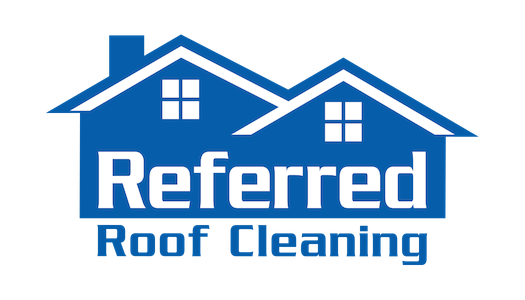
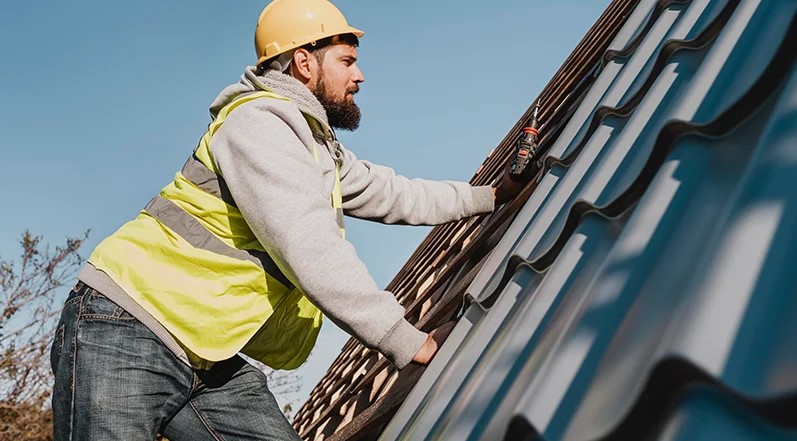
Recent Comments